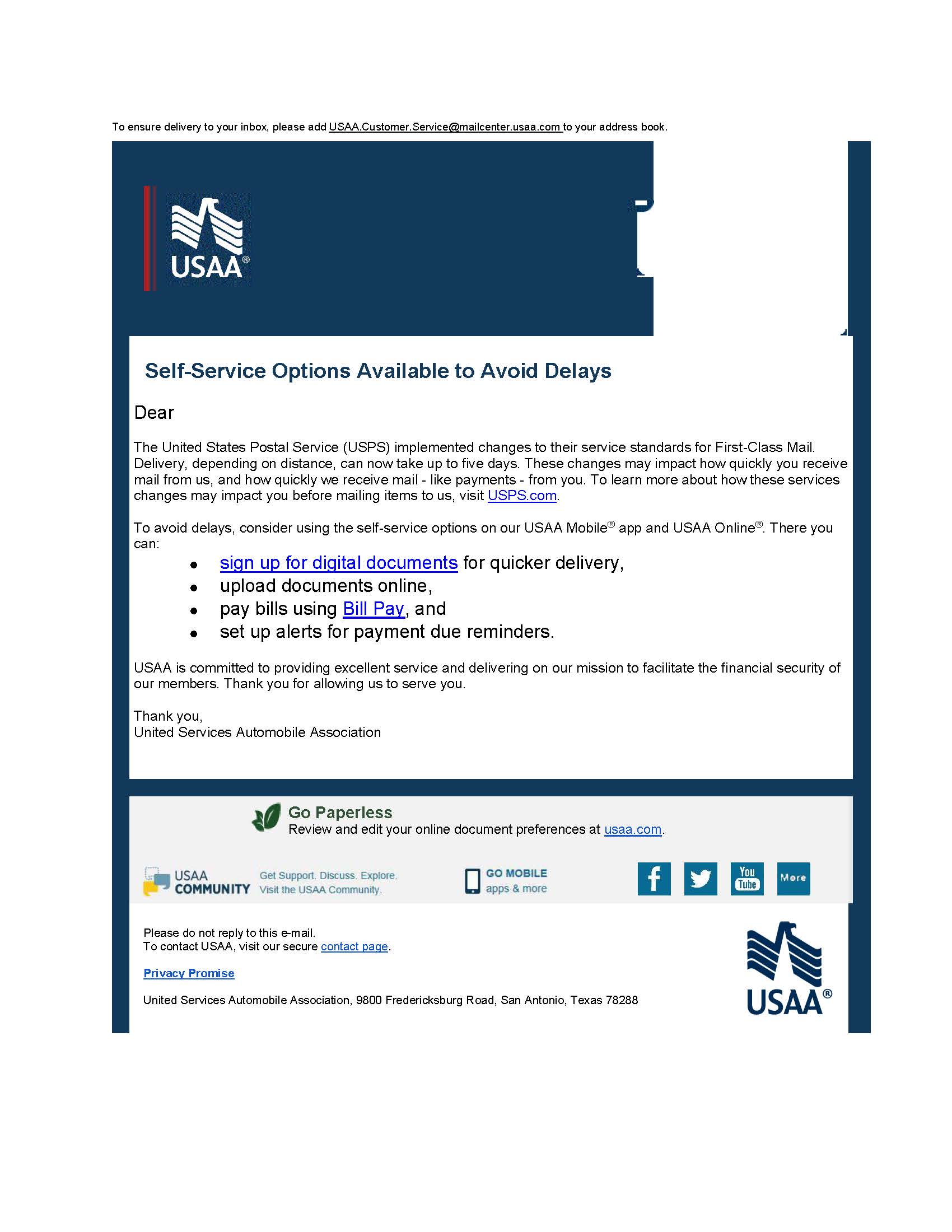USPS Financials Not Good
The Postal Service recently released its financial results for October, the first month of the 2022 fiscal year, and the second month after massive monopoly rate increases. They are not good:
October 2021 vs. October 2020
- Total monopoly mail volume was down 14.1%.
- With much higher rates, monopoly mail revenue was lower by 2.7%.
- First-Class Mail: 4.166 billion volumes, down 8.2%.
- First-Class Mail: $2.013 billion revenue, down 2.0%.
- Marketing Mail: 7.019 billion volumes, down a shocking 17.5%.
- Marketing Mail: $1.684 billion revenue, fell 5.0% with huge rate increases.
- Periodicals: 315.9 million volumes, off 7.0%.
- Periodicals: $89.3 million revenue, up 2.3%, the only gaining class revenue.
Looking back two years, before the election and the pandemic, monopoly mail volume on October 2021 was down by 7.6%.
As for the competitive package line that USPS is betting all its remaining chips on, in October 2021 volumes declined 14.6% versus last year and were up only 9.7% compared to October 2019. Total USPS volumes were down 14.1% versus last year, the same as the monopoly mail decline.
October 2021 revenues vs. October 2020
- Monopoly mail: $4.075 billion, -2.7%.
- Competitive packages: $2.431 billion, -6.9%.
- Total USPS: $6.665 billion, -4.6%.
One would expect significant cost savings to go with the large volume declines, but the most important cost center, controllable compensation and benefits, was down only 2.6%, coming in at $5 billion for the month. Versus pre-pandemic October 2019, however, controllable compensation and benefits ballooned by 3.1%.
Revenues dropping like a rock and expenses not at all under control do not bode well as the second year of the vaulted USPS ten-year plan gets underway.
USPS Agreed to a Sweet Deal with APWU
The American Postal Workers Union just announced the sweet three-year deal it made for about 200,000 postal workers with USPS management. It is not surprising that much of the recently authorized postage rate increases were passed through to employees.
The postal regulator effectively removed any remaining incentive for postal management to control costs. Any decline in mail volume guarantees larger rate increases on captive customers, and any postal product deemed “non-compensatory” is automatically increased by an extra two percent. There are no incentives to solve the compensatory problem with cost reductions. On top of that regulatory largesse, USPS announced it will compound rate increases twice a year, including the mandatory 2% topper on all underwater products (4% annually).
Government Executive described what a difference deregulation of postage rates means:
The negotiations this time around went smoother than the previous bargaining session, which began in 2018 and went on for a year before the two sides abandoned the talks in favor of interest arbitration. APWU had fought back against management efforts to provide a lump-sum stipend instead of wage increases, no cost-of-living adjustments and significantly less robust layoff protections. The union did not sign its contract until March 2020—though it was retroactive to 2018—and generally favored APWU’s positions.
The APWU proudly announced many details of its deal. Here are a few highlights:
General Annual Wage Increases and Cost of Living Allowances (COLA)
-
- 1.3% November 20, 2021 (Will be Retroactive)
- 1.3% November 19, 2022
- 1.3% November 18, 2023
- Six (6) Cost of Living Allowances (COLA) for career employees (March and September of each year)
Job Security
-
- Protection from layoff for career employees with six years of service remains in effect
- Any current career employee on the rolls as of September 20, 2021, with less than six years of service will be included in the no-layoff protections for the life of the National Agreement, providing an additional 72,000 career employees protection from layoffs.
- 50-mile limit on excessing of employees
Health Insurance
-
- No change to the Postal Service contribution to premiums for those participating in the Federal Employees Health Benefits Program
- 95% Postal Service contribution to premiums of the APWU Consumer Driven Health Plan (CDHP)
Part-Time Flexible (PTF) Work Rules
-
- Schedule guarantee of 24-hour per pay period, increased from 2 hours a pay period
- Guaranteed at least four hours of work or pay when scheduled
- Forty (40) hours of annual leave will be advanced at the start of each leave year for immediate use
We are happy for the postal employees who have such great terms of employment. It is unfortunate, however, that many customers of monopoly mail are being forced to reduce their use of USPS to offset massive rate increases. The trend is dangerously in the direction of future irrelevance for the agency as its policies and strategies whittle down its customer base. There is time for Congress to clearly define the role of USPS, especially its public service mandates, and to provide funding for the costs of service that no competitive business would provide. But not much time.
Mailers Reacting to Rates and Slowdown with Digital Diversion
For quite some time mail has been leaving the postal system for cheaper, more effective digital alternatives. The recent implementation of much higher rates for years to come combined with slower service have added significantly to the momentum of movement out of the mail. The nonprofit sector would largely prefer to stay with mail that has built many of its organizations. But USPS actions have started to force the issue at many nonprofits. The financial industry is using the situation to renew is push to move customers out of the mail, as the following major mailer notice illustrates.


Leave a Reply